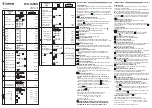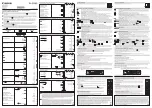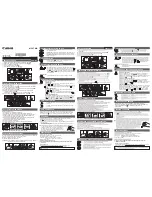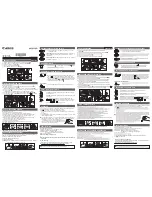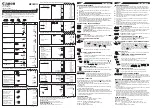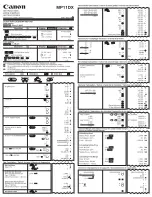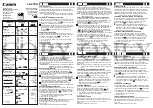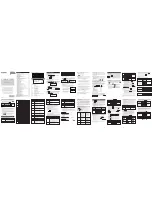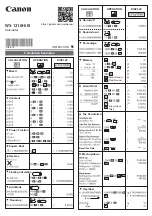
The
NUM SETUP
view offers more useful features. Change to that view
now and change the
NumStep
value to 10. If you then swap back to
the
NUM
view you will see (as right) that the sequence jumps in steps of
10. In case you don’t realize…
2.1475E9
is ‘computer speak’ for
2 1475 10
9
.
⋅
×
Now go back to the
NUM SETUP
view and change the
Automatic
setting to
Build Your Own
by moving the highlight to it and pressing the
+
key or by using
. Switch back to the
NUM
view and enter the
values
1
,
10
,
50
and
100
into the
N
column.
You will find that the values for those terms of each sequence will appear
in the
U1
and
U2
columns almost immediately. In case you didn’t realize,
the reason for the larger text is that the
button has been pressed.
Due to the type of problems one is usually trying to solve with sequences,
the
NUM
view rather than the
PLOT
view is often more useful in this
aplet, but let's have a look at the
PLOT
view anyway. Two types of
plots are available, the default being
Stairstep
.
Change to the
PLOT SETUP
view and ensure that the setup view is the
same as that shown in the two screens above right. Then change to the
PLOT
view and you should see a graph similar to the one shown below
right. The second type of graph is the
Cobweb
.
101































